Transcending Different Alphabets
Designing for branding with 2 different alphabets creates a unique set of challenges.
- for example, when combining English and Japanese, the letterforms are obviously from 2 different structural systems.
A project requires you to design a logo for a product which must be solved for both English and Mandarin or Hebrew or Cyrillic - what do you do?!
UNIGLO logo - 2 completely different letterform systems - Japanese and English
Literally, you don’t want to have a ‘Lost in Translation’ moment, do you?
Start with one language, the main one, and ‘set’ the words or phrases on the screen or in print … then
FIRST tip -
Make sure the word or words are well spaced and in caps (if it is a latin language). This makes it generally easier to start and see the peculiarities of each letterform. If working digitally rather than in print for purposes of this design exercise, then make sure that there is nothing else on the digital viewing page. Now hold that tablet or paper, upside down.
SECOND tip -
Squint, squint your eyes so that you don’t see clearly. Then focus on what you DO see and you will notice shapes rather than letterforms. This will now free you up to identify potential letters or parts of letters.
By distorting the ability to read, the brain can now be free to see shapes.
THIRD tip -
At this point you will have the capacity to see detail. Here, I use tracing paper so that I can place one concept on top of another, as I go through the process of playing with shapes. I can flip back and forth to see the intricacies and make subtle changes in the shapes to allow the letterforms of the secondary language to emerge. I use a fine point marker but I know some of you prefer a pencil, or a stylus for digital, your choice of tool as long as it allows you to work on detail, that is the most important.
FOURTH tip -
Print out the options you have come up with, place them side by side (or accommodate this electronically) so that your eyes can shift quickly across the two, enabling you to read normally. This way if there is something that doesn't’t fit or work, then it will stand out and call for your attention.
WORKING with ENGLISH + HEBREW - Starting with the CAP G (#1), then I tried the lower case ‘g' (#2). I mirrored the letterform and found #3. By then the letter ‘g’ was a shape. I could now play and move the shape, rotating it (#4). Finally it was here that I began to see the possibility that I was seeing the Hebrew letter for the sound G, #5.
Maria Doreuli
Maria Doreuli is a new typographer - she designs in both the English and Cyrillic languages. Working along side a group of talented typographers, they produce new and unique solutions. Above you can see how the letterforms have a unified character seen across the 2 languages whilst still remaining cohesive within their own letterform systems. As this is a new typeface, obviously much thought, research and experimentation was required to get to this final solution.
In the red example below - I combined 2 languages, English and Musical notation.
The client - Gili a keyboardist and classical muscician.
The process - through our conversations and my research, a direction began to emerge - the hand-written solution. I asked her to write out her personal signature many times, utilizing different pens and markers. This enable me to have many choices for further graphic analysis. The aim was to achieve both a personal but legible solution that had that spark of innovation, allowing her unique take on classical music to emerge.
When reviewing all the alternatives, I saw the treble clef within her capital script G. and there is was.
Did I blur my eyes, did I turn the musical note upside down, definitely!
Remember that any letterform can be found anywhere, because they are simply shapes. Until you train yourself how to see those first, use TIPS 1, 2, 3 and 4.
NOTE the letter G within the sweep of the treble clef sweep
A final note - Remember who the logo is for, the client’s market specifics - the audience and all important information contained within the creative brief.





